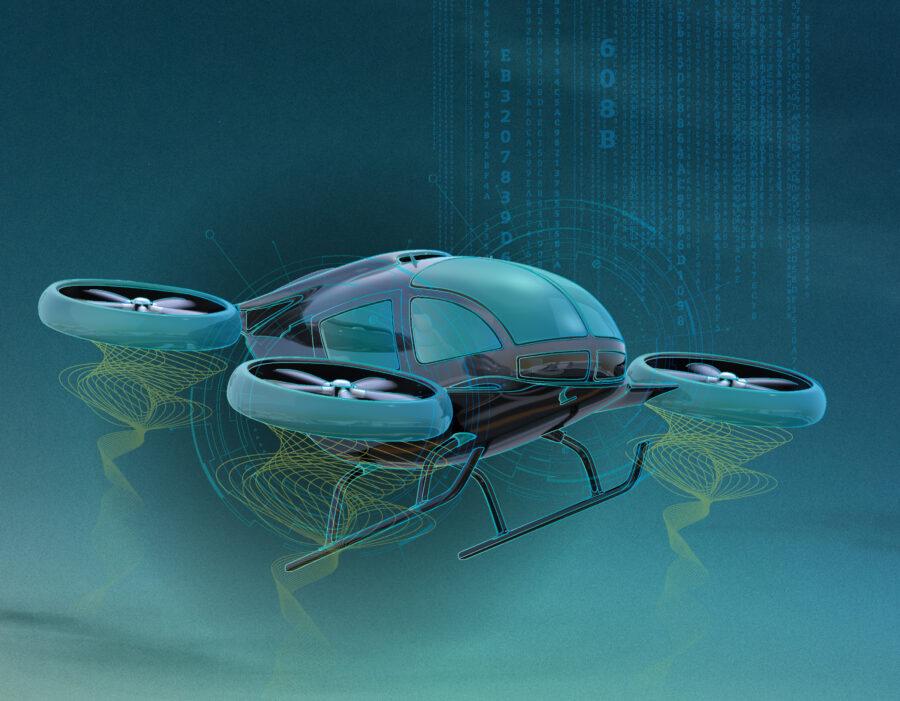Driving Innovation Through Digitalization

Disruptive forces are part of our lives, and most of us have lived through a few. The fax machine, the PC, the World Wide Web, mobile phones and smart phones, are just a few. Today, there is another disruptive force and it is affecting businesses of all sizes, industries across the globe, and even small independently own "mom and pop" shops. It's called digitalization.
Digitalization is the process of taking paper-base information and processes and changing them to computer-based processes. It seems fairly simple, and you gain competitive advantage through automating those processes which then transforms your business.
To survive in today's digital disruption, many manufacturer's need to rethink every aspect of their business from designing a product, to building that product, and even what and how they work with every supplier in their supply chain. White it can be a daunting transformation, the benefits are numerous including significant reduction in cycle time, increased yield and profit and the potential to create or expand new business opportunities.
In the Aerospace and Defense (A&D) industry, digitalization is being driven by the need to bring products to market faster, increasing product complexity and the demand for green solutions. We are experiencing unprecedented innovation in the A&D industry these days and the result is an increase of companies working on programs that require more electrical and software functionality, replacing the old mechanical, pneumatic and hydraulic implementations.
Innovation is everywhere, and we are seeing breakthroughs in propulsion, composites and additive manufacturing. Augmented and virtual reality are now part of the factory floor. Private start-ups and established OEMs are leading the charge to bring electric Vertical Takeoff and Landing (eVTOL) aircraft (acting as air taxis) to a major city near you.
Also, there's a new generation of supersonic aircraft, next-generation fighter jets, and "new" space applications for exploration. Who would've thought 20 years ago that flying electric vehicles might become commonplace within our lifetime? Or, that private companies, and not big government agencies, would be leading the way back to the Moon or Mars?
While exciting, these opportunities present a diverse set of challenges to the industry. There is an increased level of complexity in all phases of development, design and manufacturing. Forming a modern, holistic and integrated approach to program management and execution both up and down the value chain, via the digital thread, is critical to success.
To learn more about how Siemens is addressing digital disruption, how companies have made the jump to digitalization are realizing the benefits they expected, and using complexity to their advantage, check out our blog & podcast series on Driving Innovation through Digital Transformation.